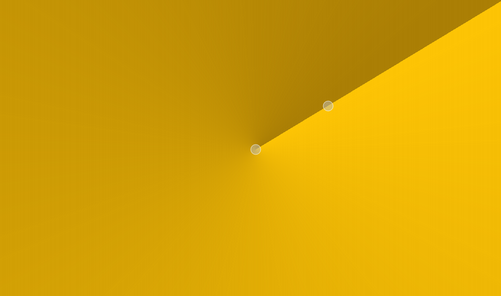 |
CopperSpice API
2.0.0
|
The QConicalGradient class is used in combination with QBrush to specify a conical gradient brush. More...

Public Methods | |
| QConicalGradient () | |
| QConicalGradient (const QPointF ¢er, qreal startAngle) | |
| QConicalGradient (qreal cx, qreal cy, qreal startAngle) | |
| qreal | angle () const |
| QPointF | center () const |
| void | setAngle (qreal angle) |
| void | setCenter (const QPointF ¢er) |
| void | setCenter (qreal x, qreal y) |
 Public Methods inherited from QGradient Public Methods inherited from QGradient | |
| CoordinateMode | coordinateMode () const |
| InterpolationMode | interpolationMode () const |
| bool | operator!= (const QGradient &other) const |
| bool | operator== (const QGradient &other) const |
| void | setColorAt (qreal position, const QColor &color) |
| void | setCoordinateMode (CoordinateMode mode) |
| void | setInterpolationMode (InterpolationMode mode) |
| void | setSpread (Spread spreadType) |
| void | setStops (const QVector< QPair< qreal, QColor >> &stops) |
| Spread | spread () const |
| QVector< QPair< qreal, QColor > > | stops () const |
| Type | type () const |
Additional Inherited Members | |
 Public Types inherited from QGradient Public Types inherited from QGradient | |
| enum | CoordinateMode |
| enum | InterpolationMode |
| enum | Spread |
| enum | Type |
Detailed Description
The QConicalGradient class is used in combination with QBrush to specify a conical gradient brush. Conical gradients interpolate colors counter-clockwise around a center point.

The colors in a gradient is defined using stop points of the QGradientStop type, i.e. a position and a color. Use the QGradient::setColorAt() or the QGradient::setStops() function to define the stop points. It is the gradient's complete set of stop points that describes how the gradient area should be filled. If no stop points have been specified, a gradient of black at 0 to white at 1 is used.
In addition to the functions inherited from QGradient, the QConicalGradient class provides the angle() and center() functions returning the start angle and center of the gradient.
Note that the setSpread() function has no effect for conical gradients. The reason is that the conical gradient is closed by definition, i.e. the conical gradient fills the entire circle from 0 - 360 degrees, while the boundary of a radial or a linear gradient can be specified through its radius or final stop points, respectively.
- See also
- QLinearGradient, QRadialGradient
Constructor & Destructor Documentation
| QConicalGradient::QConicalGradient | ( | ) |
Constructs a conical with center at (0, 0) starting the interpolation at angle 0.
- See also
- QGradient::setColorAt(), setCenter(), setAngle()
Constructs a conical gradient with the given center, starting the interpolation at the given startAngle. The startAngle must be specified in degrees between 0 and 360.
Constructs a conical gradient with the given center (cx, cy), starting the interpolation at the given startAngle. The startAnglemust be specified in degrees between 0 and 360.
Method Documentation
| qreal QConicalGradient::angle | ( | ) | const |
Returns the start angle of the conical gradient in logical coordinates.
- See also
- setAngle(), stops()
| QPointF QConicalGradient::center | ( | ) | const |
Returns the center of the conical gradient in logical coordinates.
- See also
- setCenter(), stops()
| void QConicalGradient::setAngle | ( | qreal | angle | ) |
Sets angle to be the start angle for this conical gradient in logical coordinates.
| void QConicalGradient::setCenter | ( | const QPointF & | center | ) |
Sets the center of this conical gradient in logical coordinates to center.
- See also
- center()


